Presidents John and John Quincy Adams Birthplaces
Introduction
Text-to-speech Audio
John Adams was born in 1735 in the house on the right. John Quincy Adams was born in 1767 in the house at today's street corner. Here, Abigail Adams managed house and farm for several years during the Revolution. Here, John Adams drafted the Massachusetts State Constitution, which served as a model for the U.S. Constitution. On managing house and farm, Abigail wrote: "If what I enjoy I can share with my partner and with Liberty, I can sing o be joyfull and sit down content." While embroiled in the politics of creating a nation John Adams wrote: "I should have thought myself, the happiest Man in the World, if I could have retired to my little hut and forty Acres, and lived on Potatoes and Seaweed." The birthplaces of the Adams Presidents are now a part of the Adams National Historical Park in Quincy, Massachusetts. These two structures are the earliest surviving presidential birthplaces in the country.
Images
John Quincy Adams Birthplace, sixth President of the United States
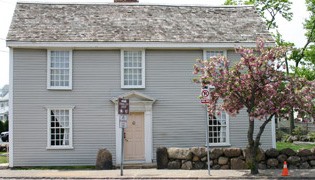
The Birthplace homes as painted by Godfrey Frankenstein in 1849.
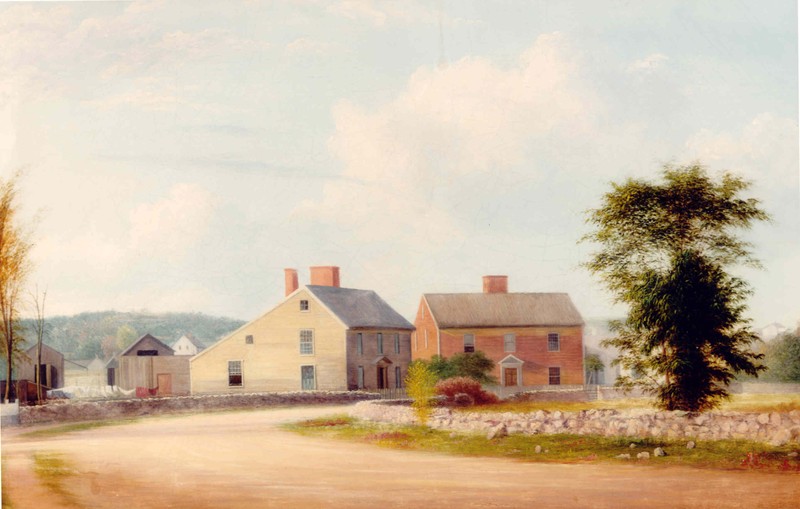
The Birthplace homes of father and son Presidents
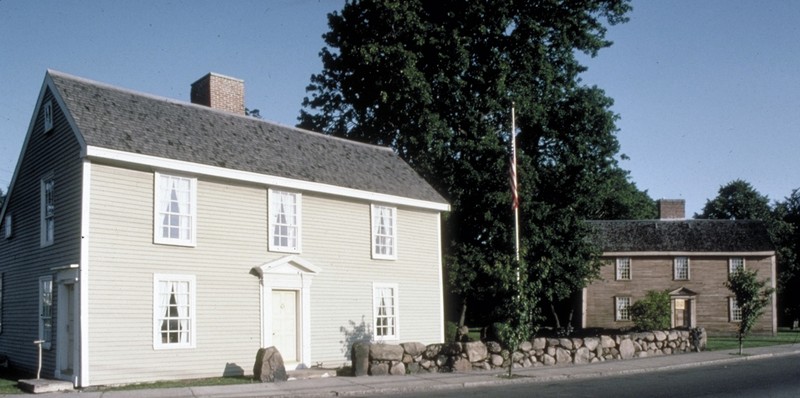
Birthplace of John Adams, second President of the United States
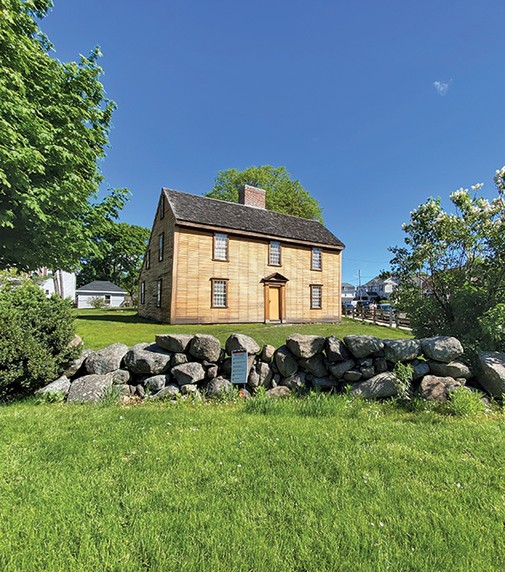
Adams Presidential Birthplaces, Adams National Historical Park
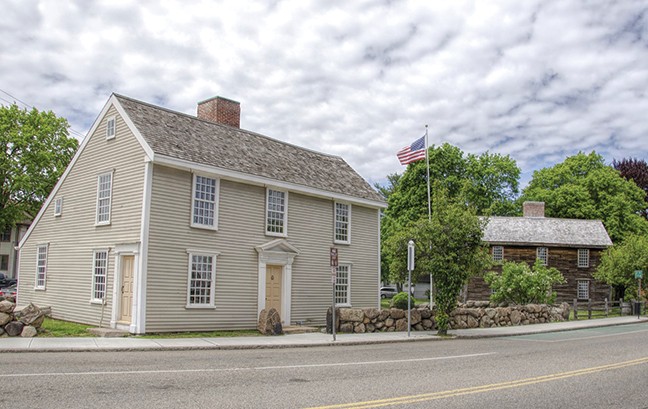
Backstory and Context
Text-to-speech Audio
The salt-box style home located at 133 Franklin Street in Quincy, Massachusetts was originally built in 1681. It was purchased by Deacon John Adams, the president’s father, in 1720 along with six acres of surrounding farmland. The frame and clapboard structure have a ground-floor room and upper chamber on either side of a central chimney.
Deacon John married Susannah Boylston in 1734. On October 30, 1735, the first son, John Adams was born. During his childhood, his father instilled in him a passion for civic affairs and farming. The young Adams was also influenced by his mother, Susanna Boylston, who came from one of Boston’s more prominent area families. She taught her sons to appreciate the lifestyle and customs of the upper-class society in the city. These values molded the young boy into a man who would add his signature to the Declaration of Independence and lead the country as its second President.
Deacon Adams purchased the adjacent property to increase his land in 1744. When Deacon Adams died in 1761, John's younger brother Peter inherited the home of their birth, and John inherited the adjacent home on the land his father later purchased, which stood only seventy-five feet away. The future President purchased his birthplace from his brother in 1774. John Adams and his wife, Abigail, lived in the home next door (the one which he had inherited) and rented out his birthplace during the American Revolution. Abigail Adams became a loving confidant and prolific correspondent to her often absent husband. She assumed the role of "patriot on the home front" and a "farmeress".
Both homes were eventually sold to John Adams’s son, John Quincy Adams, in 1803. Over the years, many improvements were made to the property. The leanto was an addition to the rear of the home, and the roof was extended over the leanto in a straight, uninterrupted line. The frontispiece that surrounds the main entrance was another later addition. It features two pilasters on either side of the doorway and a triangular ornament over the top. President John Adams’ third son, Thomas Boylston Adams, moved into the home in 1810. This was the last Adams to live in the houses.
Today there is less than an acre of land around the birthplaces. It is a hard to imagine the 140 acres of an 18th Century farm existed. "The Adamses used and appreciated every aspect of their working farm. Whether harvesting apples, planting trees, building stone walls, or tending cows, the working landscape was an important part of family life for multiple generations of the Adams family, in addition to their dedication to careers in government, civic virtue, and patriotism." - Adams NHP
The property remained in the Adams family until 1940, when it was deeded to the City of Quincy. The City and the Quincy Historical Society maintained and gave tours in the John Quincy Adams and the Daughters of the American Revolution maintained and gave tours of the John Adams home.The City ultimately gave them back to the family and they deeded them to the National Park Service (1979) to commemorate the second and sixth presidents of the United States. Now, visitors can go the Adams National Historical Park in Quincy, Massachusetts to take a guided tour of the property. Tours are available from May to October. The historic homes are closed from November through April.
Sources
National Register Of Historic Places Inventory - Nomination Form. United States Department of the Interior, National Park Service. Accessed April 01, 2017. http://pdfhost.focus.nps.gov/docs/NHLS/Text/66000129.pdf.
John Adams Birthplace and Homes in Quincy, Massachusetts. John Adams Historical Society. Accessed April 01, 2017. http://www.john-adams-heritage.com/birthplace-and-homes/.
John Adams Birthplace. National Park Service. Accessed March 30, 2017. https://www.nps.gov/adam/learn/historyculture/john-adams-birthplace.htm.
Adams National Historical Park
Adams National Historical Park
Adams National Historical Park
Paula Pecevich
